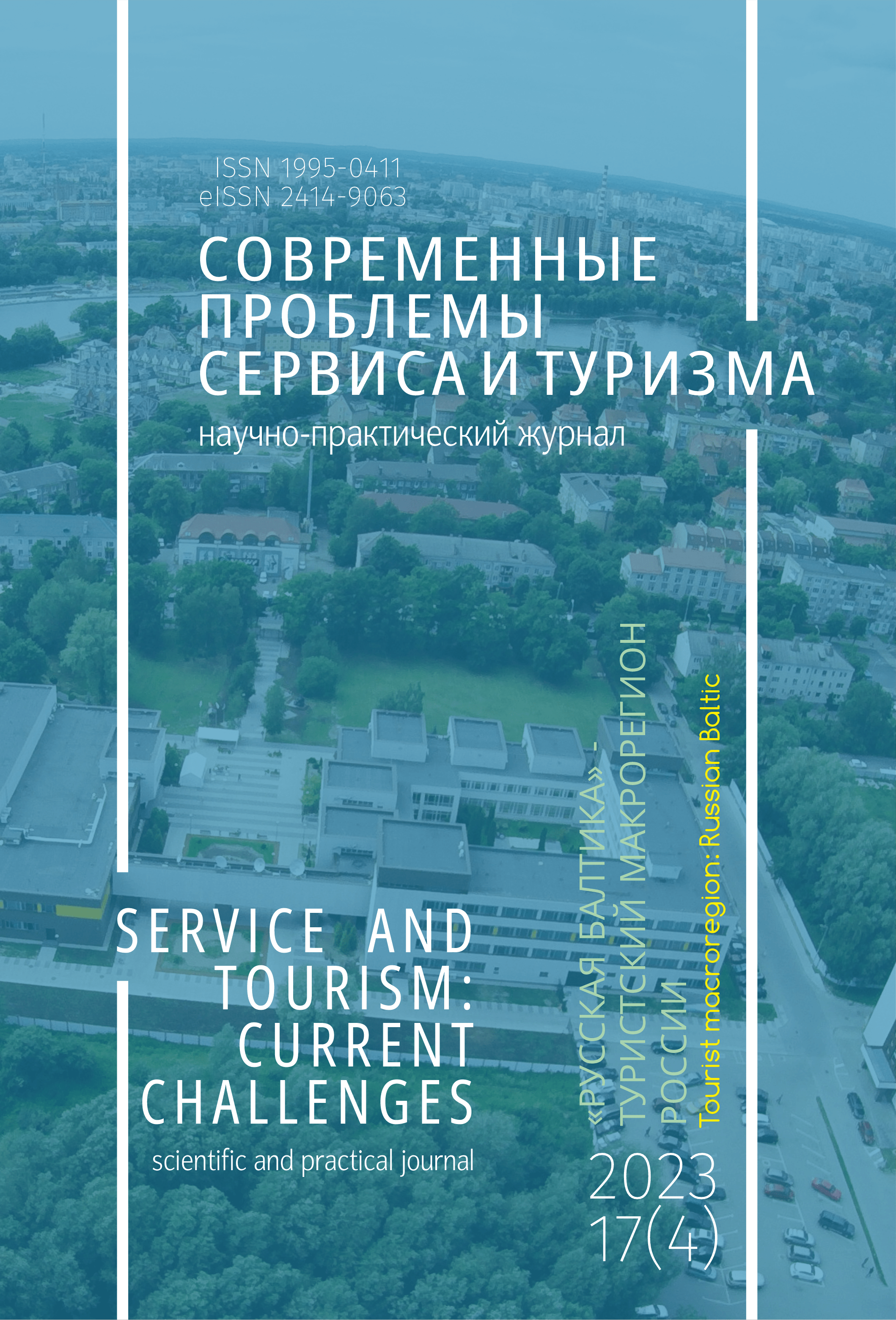Far North and its equivalent localities: the role in the spatial development of Russia
DOI:
https://doi.org/10.5281/zenodo.10396412Keywords:
Far North, the Arctic zone, migration attractiveness, socio-economic development, investmentAbstract
Recent years have been marked by a new wave of exploration of the northern territories of the Russian Federation. The Government of the Russian Federation has taken an active course for the developing Russian Arctic. Modern researchers of North have also shifted their attention towards the Arctic territories of Russia. But at the same time, the Far North territories, occupying almost 70% of the country's area, have fallen out of the spotlight. The study is a comparative statistical analysis of the dynamics of socio-economic development of the Far North regions based on selected statistical indicators and promising sectors of the economy of the northern subjects allocated by the Government of the Russian Federation. The authors indicate the differences between the concepts of Far North and the Arctic zone and their modern territorial features. As a result of the study, the dynamics of socio-economic development of the Far North regions and areas equated to it from 2014 to 2021 has been determined. The article assesses the current state of the social and economic sphere of the regions under consideration. The main and promising branches of specialization of the subjects of the Russian Federation belonging to Far North are noted. Modern specializations of national and local significance within the considered subjects of the Russian Federation are also considered. The role of the entire Far North in the spatial development of the country is characterized. In the course of the study, the current state is determined and the main development trends of the Far North regions and areas equated to it are summarized, which can be used in future studies on this topic.
Downloads
References
Бадылевич Р.В. Исследование зарубежного опыта реализации финансового регулирования развития арктических территорий и возможностей его применения в северных регионах РФ // Арктика и Север. 2021. №44. С. 5–29. doi: 10.37482/issn2221-2698.2021.44.5.
Байдаков С.Л. Стратегия развития территории и оценка успешности деятельности органов исполнительной власти // МИР (Модернизация. Инновации. Развитие). 2014. №17. С. 62–69.
Гаджиев Ю.А., Акопов В.И., Канев В.Н. Динамика инвестиций в основной капитал экономики северных регионов // Экономические и социальные перемены: факты, тенденции, прогноз. 2015. №1(37). С. 59–71. DOI: 10.15838/esc/2015.1.37.4.
Гиниятуллина А.А., Хафизова З.И. Анализ и прогнозирование валового регионального продукта (на примере Республики Татарстан) // Экономика: вчера, сегодня, завтра. 2019. Т.9. №3А. С. 327–338. DOI: 10.34670/AR.2019.89.3.035.
Ефимова Е.Г., Гриценко Д. Роль добывающей промышленности в развитии периферийных арктических регионов России и Канады // Вестник Санкт-Петерб. ун-та. Экономика. 2021. Т.37. №2. С. 241–271. DOI: 10.21638/spbu05.2021.203.
Крупко А.Э. Роль Крайнего Севера для устойчивого развития страны // Арктика XXI век. Гуманитарные науки. 2020. №2(22). С. 21–37.
Лаженцев В.Н. Социально-экономическое пространство и территориальное развитие Севера и Арктики России // Экономика региона. 2018. Т.14. Вып.2. С. 353–365. DOI: 10.17059/2018-2-2.
Оценка социально-экономического развития территории / Н.К. Васильева, Е.В. Сидорчукова, Ю.А. Усачёва, К.К. Токарев // Вестник Академии знаний. 2020. №41(6). С. 64–70. DOI: 10.24412/2304-6139-2020-10762.
Паникар М.М., Шапаров А.Е. Императивы современной государственной политики стран Арктического региона по освоению территорий Крайнего Севера // Вестник Северного (Арктического) федер. ун-та. Сер.: Гуманитарные и социальные науки. 2016. №6. С. 33–44. DOI: 10.17238/issn2227-6564.2018.6.5.
Попова О.В. Оплата труда как фактор миграции в арктических районах Республики Саха (Якутия) // Экономика: вчера, сегодня, завтра. 2022. Т.12. №5А. С. 136–144. DOI: 10.34670/AR.2022.71.35.015.
Скуфьина Т.П., Баранов С.В. Математико-статистическое моделирование динамики производства ВРП регионов Севера и Арктики: в поисках лучшей модели // Вопросы статистики. 2017. №7. С. 52–64.
Татаркин А.И., Логинов В.Г. Оценка природно-ресурсного и производственного потенциала северных и арктических районов: состояние и перспективы использования // Проблемы прогнозирования. 2015. №1(148). С. 33–44.
Терентьева М.А. Особенности рынка труда на российском Севере: занятость, заработная плата и роль северных надбавок // Арктика и Север. 2021. №45. С. 150–165. DOI: 10.37482/issn2221-2698.2021.45.150.
Фаузер В.В., Смирнов А.В., Лыткина Т.С., Фаузер Г.Н. Вызовы и противоречия в развитии Севера и Арктики: демографическое измерение // Арктика: экология и экономика. 2022. Т.12. №1. С. 111–122. DOI: 10.25283/2223-4594-2022-1-111-122.
Downloads
Published
How to Cite
Issue
Section
License
Copyright (c) 2023 Maryakhin, V. M., & Chasovskii, V. I.

This work is licensed under a Creative Commons Attribution-NonCommercial-ShareAlike 4.0 International License.














